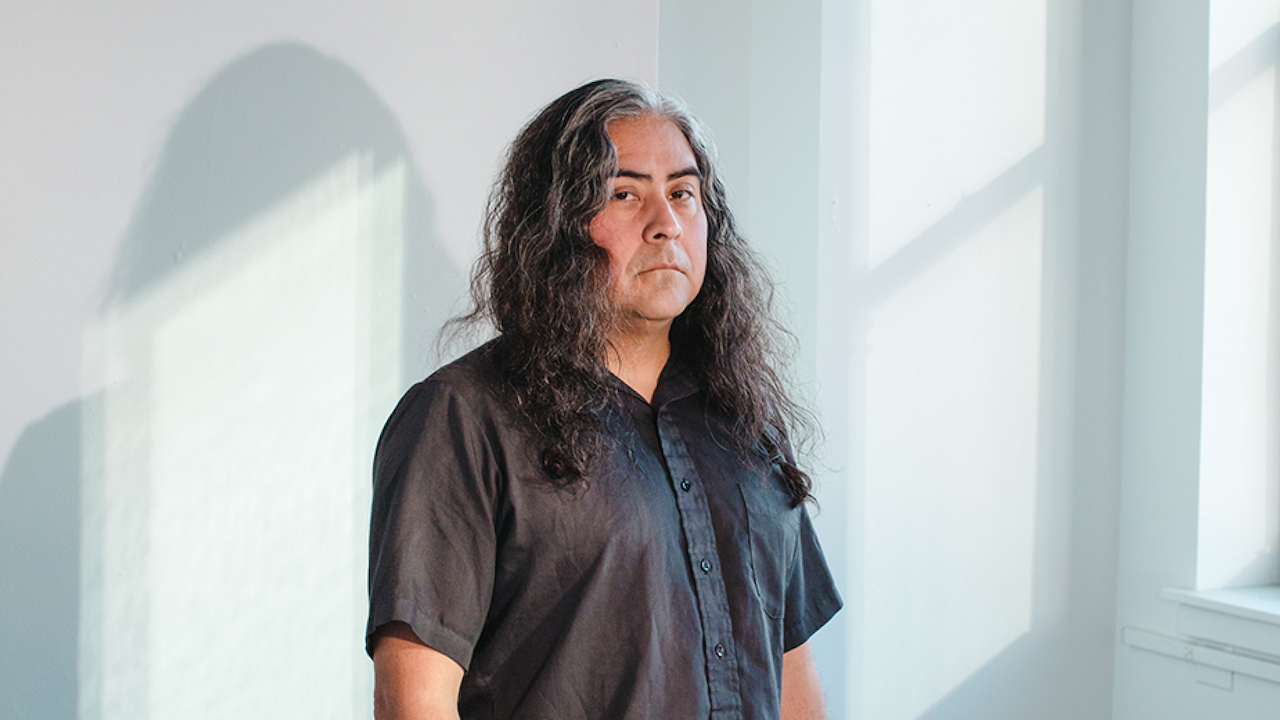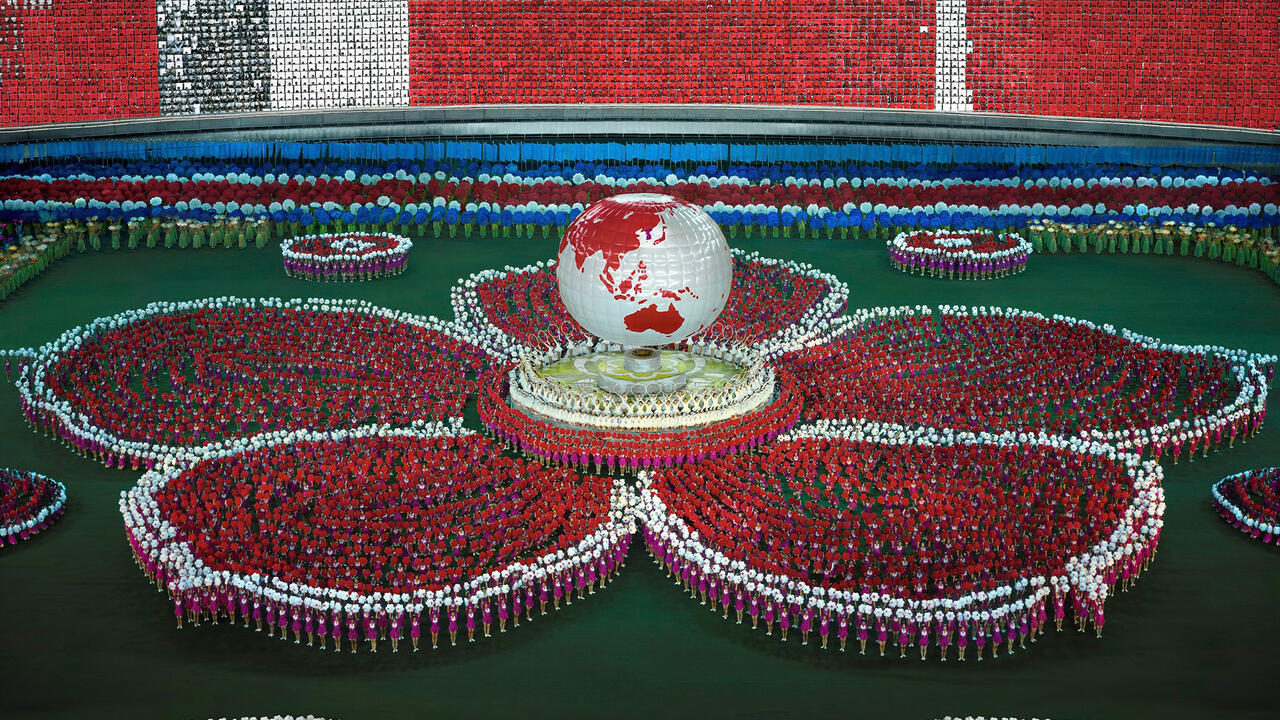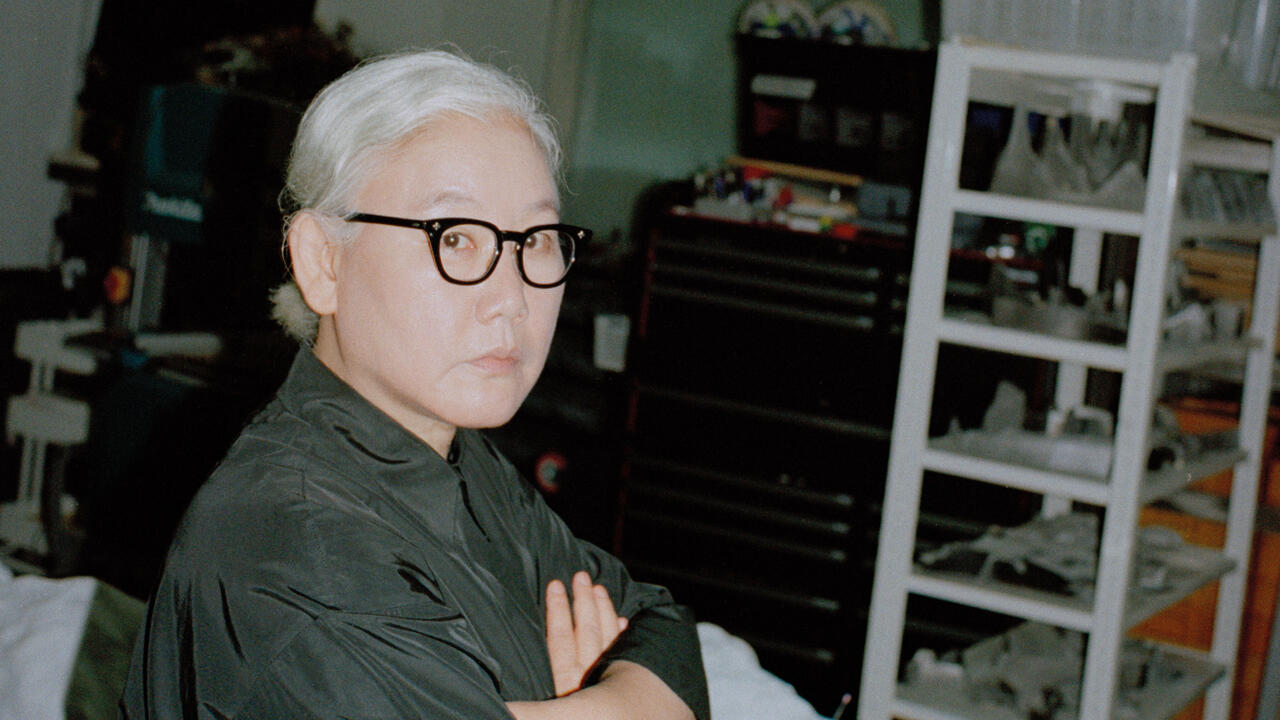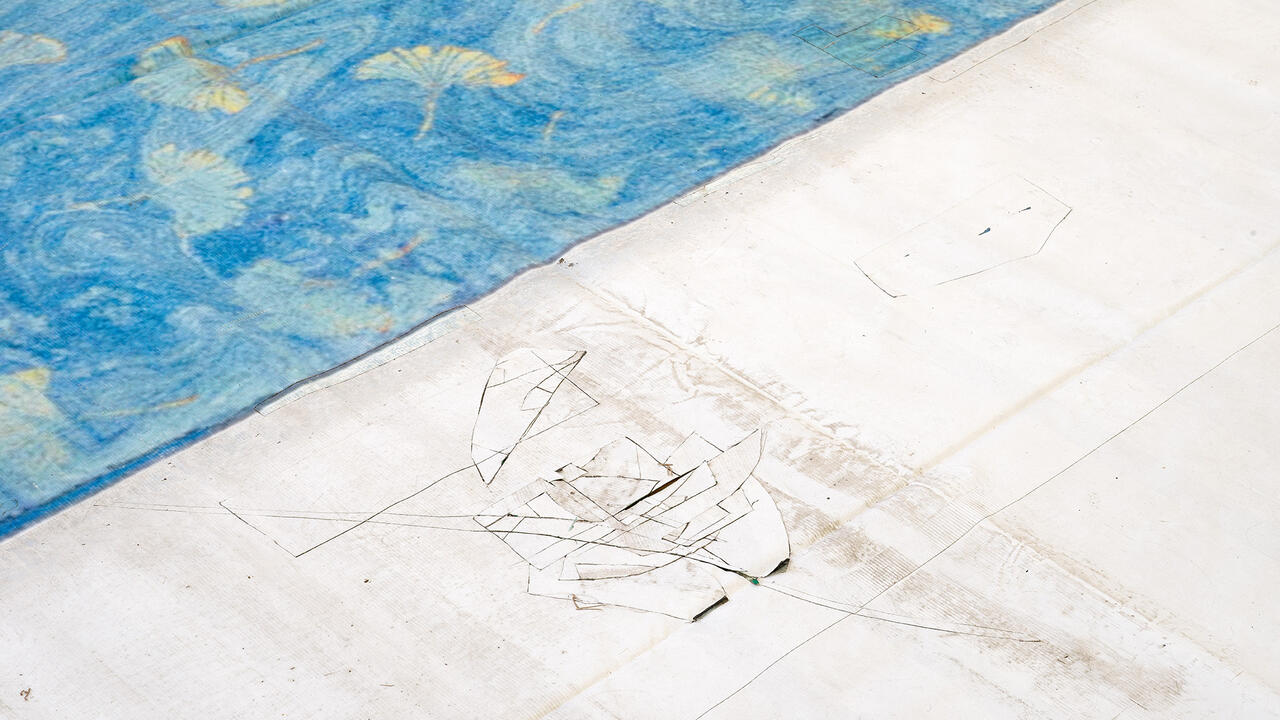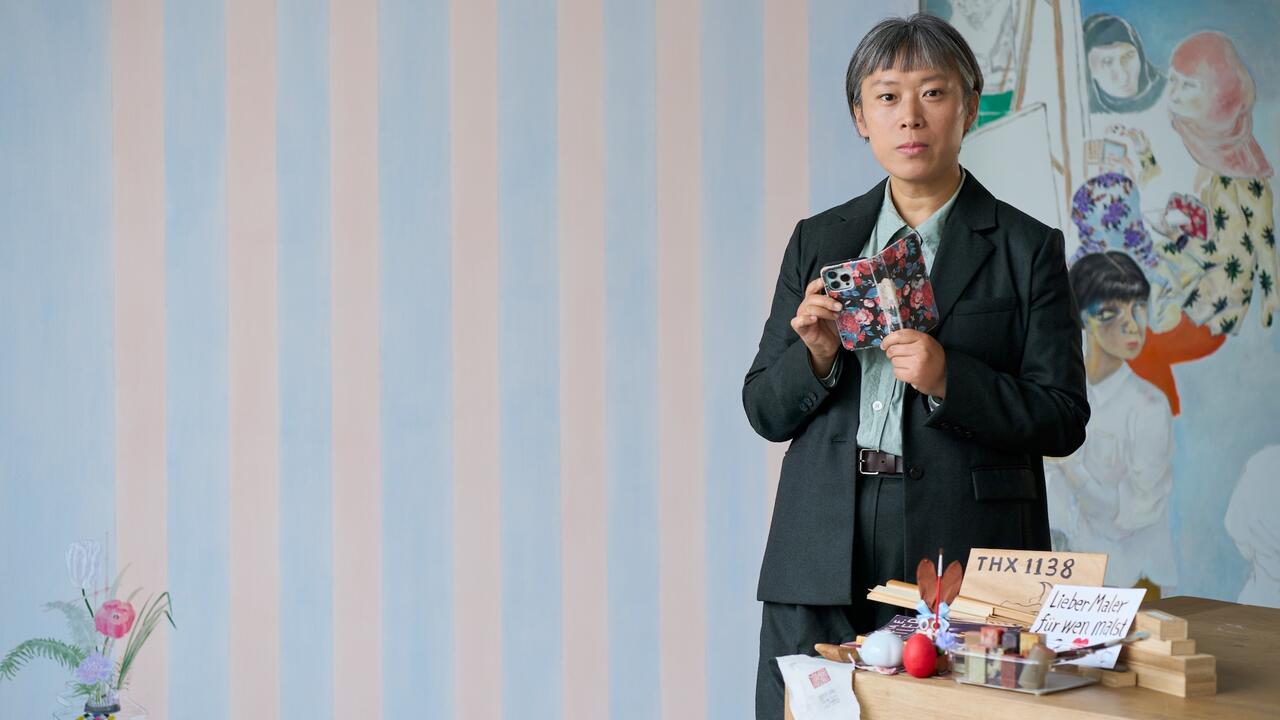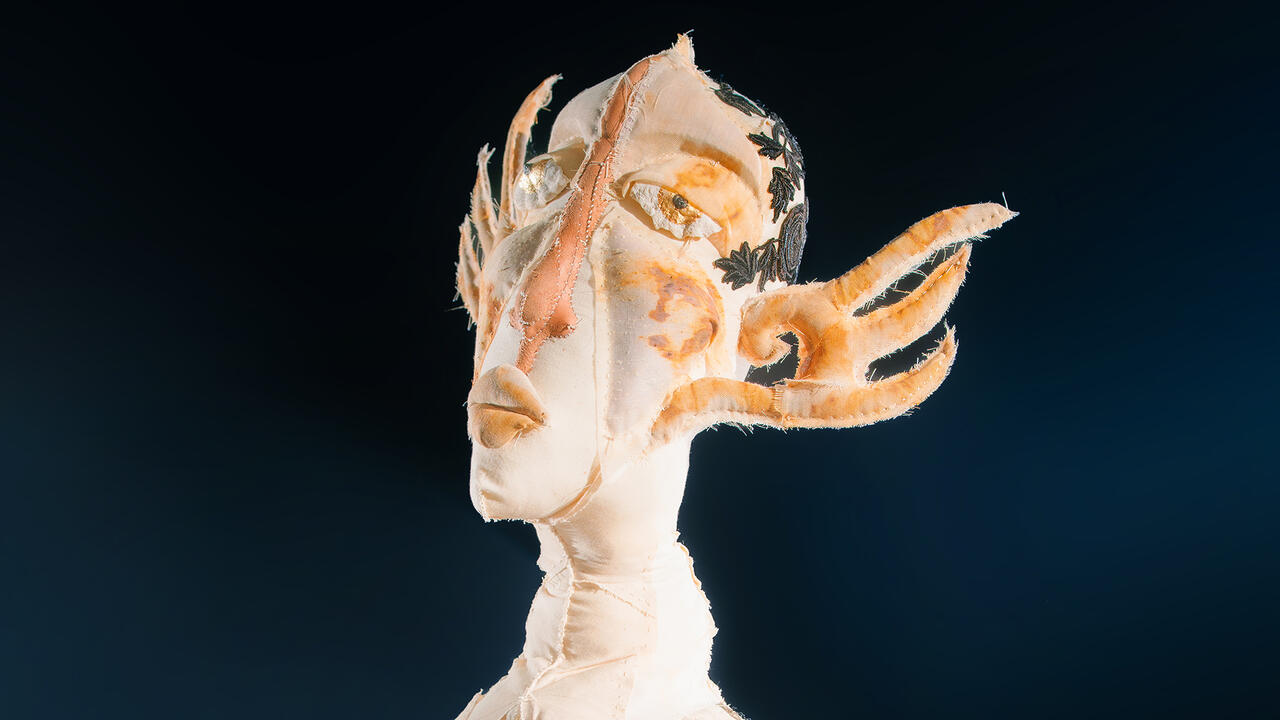Pacific Standard Time : Dear Martín Ramírez
A letter to the self-taught Mexican artist
A letter to the self-taught Mexican artist

We never met – you died before I was born. We would have had little in common anyway, probably, except that we both ended up in California, far from where we were born. I choose to stay here. For you, held against your will in psychiatric hospitals that were no better than prisons, there was no choice.
When did you know that you’d never return to Mexico? It must have been before they arrested you, in 1931, for writing on the walls of an empty building: ‘It is going to rain today.’ (Great graffiti, by the way.) Before, too, the subsequent psychiatric evaluation that designated you an incurable schizophrenic, despite your protestations that you did not speak English and were not ill.
Was it as early as that day on the rancho in Los Altos de Jalisco, Mexico, in 1925, when you said goodbye to your wife and daughters, your horse and your sheep and pigs and your two beloved deer, and boarded that train to Texas? Soon after, María Santa Ana sent you a message that your son, Candelario, had been born; you must have been so proud! What was your plan then? To work in the US a little longer, to save a little more until you could pay off the debt on your land?
Maybe it was the following year, in 1926, that you decided you could not go back, when the Mexican government signed the decree to curb the powers of the church, and the Cristeros (Catholic militias) took up arms in rebellion, bringing the terrible wrath of the Federal army upon the region and your devout people. The Cristeros fought heroically, but the government forced most rural Jaliscans – including your family – to abandon their farms and villages.
Did you know that you had no home to return to? Then there was the time you received that letter from your brother, describing the mayhem that had descended on your homeland. Do you know now that you’d terribly misunderstood your brother’s message, that your wife had not really run away to join the Federal army, as you then thought, but rather that she had saved his life when he was arrested by Federal soldiers?
Or did you decide you couldn’t go back when the Great Depression hit, and work for migrant labourers in California was impossible to find, and you knew that you’d never be able to pay off the debt on the land?
What was the psychiatric hospital like? Actually – forget I asked. I can’t bear to know. I’ll ask it another way: was it possible to keep your sanity in a place like that? What was art to you then? Were there artists whose names you knew and whose work you admired? Or did you see nothing in the world that interested you so much as what you could draw yourself? (A view I could easily understand.) When Dr Tarmo Pasto recognized you as an artist, on his visit to DeWitt State Hospital in 1949, and ensured you were supplied with paper and drawing materials, how did you feel? Gratified, obviously, for the supply of tools, but was the acknowledgment something you’d been long dreaming of, or was Pasto to you just one more note-scribbling clinician?
Do you think that you’d have made art if you’d stayed in Jalisco? I imagine your life on the rancho must have been pretty busy. In a terrible, tragic way (and please forgive my crassness), is it perhaps thanks to your incarceration that we have this breathtaking body of work today? Does that give you consolation or does it make you angry that the documents of your torture now give people such joy?
Did you yearn for paint and canvas? I know you only had paper, and that you mixed melted crayons with saliva and charcoal, fruit juice and shoe polish – whatever you could find. But was that down to experimental whimsy or to a desperate, frustrated desire to get these impoverished media to do what you knew oil paint and watercolour do so naturally? To me, the brilliance of your work is not based so much on colour or tone but, instead, on the drawn line – the fields of repeating and undulating lines that dizzy the eye; the contour lines that plot tunnels and steps and arcades and hillsides, then twist them apart; the lines that convey us from one place to another.
It hardly needs saying that your drawings are haunted with longing for those remembered buildings and landscapes, as well as an infatuation for the cars and trains that might have transported you back to them, but did you mean for the work to be gently funny, too? Is it sacrilegious when viewers crack a smile at your pictures, even the ones of the Virgin Mary? Does the perception of comedy in these quixotic figures toiling through your warping and telescopic tableaux undermine the drawings’ grace and gravity? I don’t think it does.
Do you laugh at people like me, trying to decode your work by matching motifs in your drawings to events in your biography? Many people think we’re wasting our time, even today. Or did you always know that people would be able to read the messages in your pictures, whether they knew about your life or not? Roberta Smith, the esteemed art critic of the New York Times, has described you as ‘simply one of the greatest artists of the 20th century’. The New Yorker’s critic, Peter Schjeldahl, wrote that you are one of his ‘favourite artists, period’. Is that of any interest to you? Do you care?
Can you forgive people for treating you so badly while you were alive and could speak for yourself, and then treating you so badly after you were dead and could not? I hope so.
Yours in admiration, Jonathan
Main image: Martín Ramírez, Untitled (Horse and Rider with Frieze), undated, gouache, coloured pencil and graphite on pieced paper, 89 × 61 cm. Courtesy: the estate of Martín Ramírez and Ricco/Maresca Gallery, New York. Collection of Jim Nutt and Gladys Nilsson










